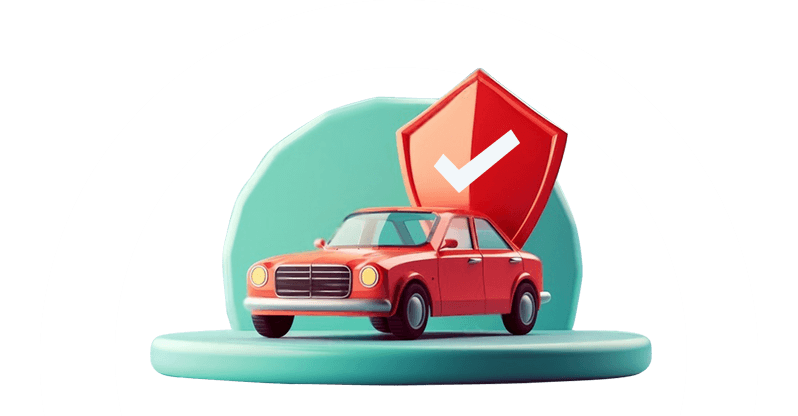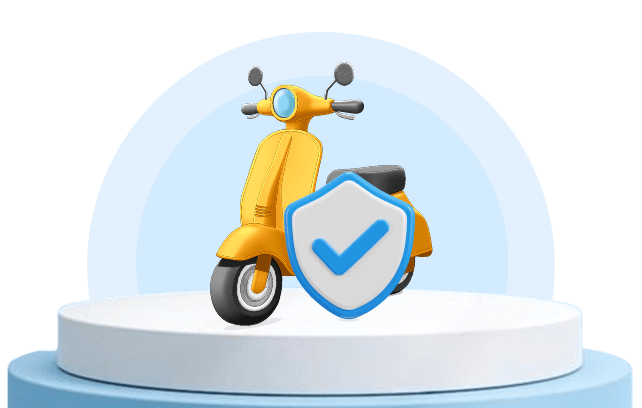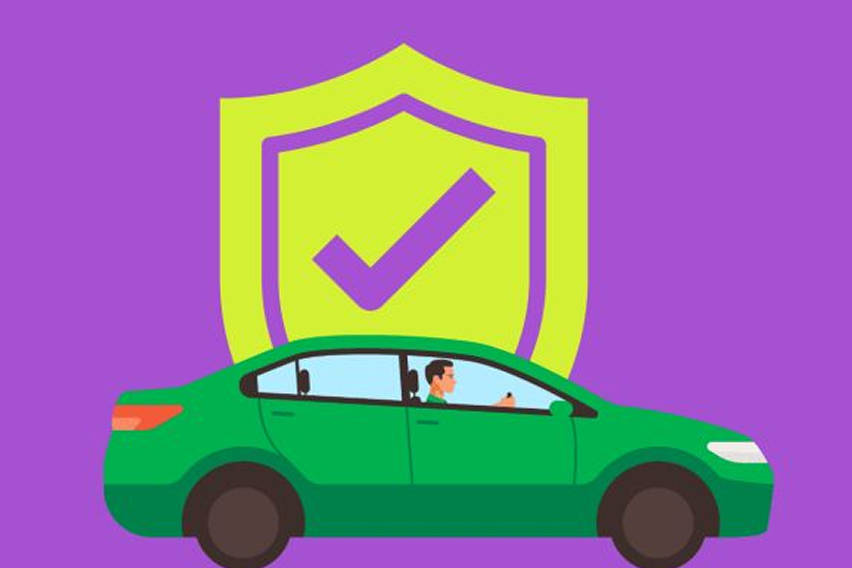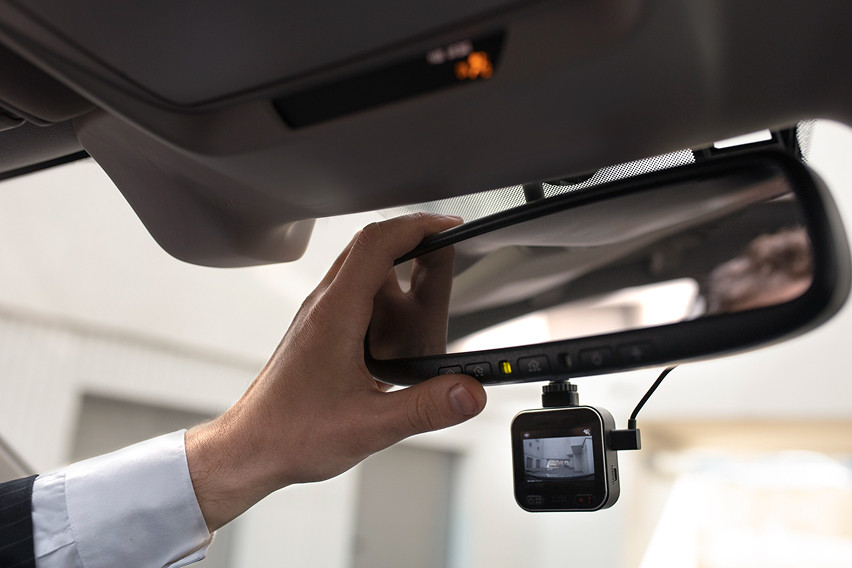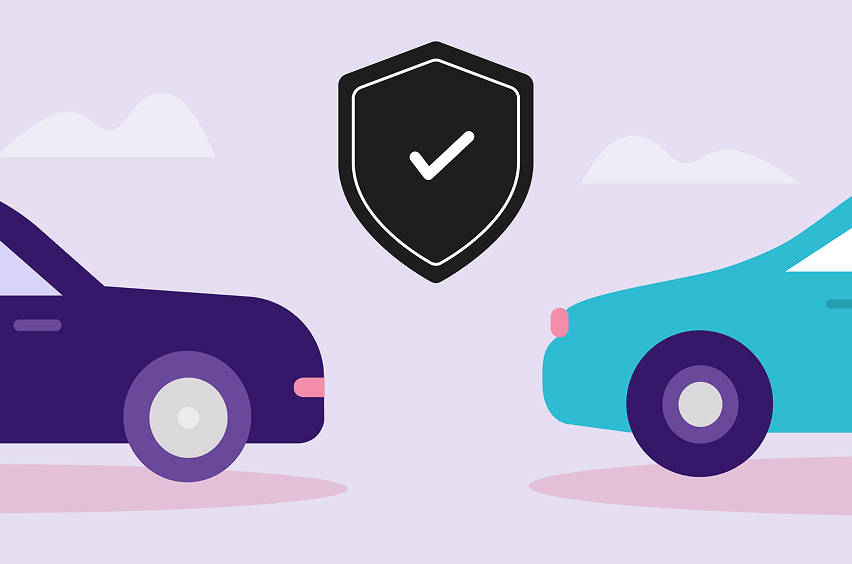
The popularity of EVs and hybrid cars in the Philippines has increased in recent years. All thanks to the EVIDA law, raising fuel prices, and growing public charging infrastructure. Further, they are a greener alternative to ICE cars, and the government is pushing hard to increase their adoption. And thanks to all the efforts, now EVs are not a rare sight on the roads.
However, one area where Filipinos need more knowledge is EV and hybrid insurance, as this one is not as straightforward as standard car insurance. EVs and hybrids have a far more complex build, which requires special coverage. In this article, we’ll be shedding light on EV and hybrid insurance, helping you make better decisions.
So, let’s get started…
EV and hybrid car insurance - An overview
What is the need for specialised insurance for EVs & hybrids?
Unlike conventional cars, EVs are built differently. The latter houses several high-value components like advanced sensors, lithium-ion batteries, and other electronic devices that are essential for its working. In such a case, standard car insurance won’t be of much use, as it won’t offer appropriate protection, leaving policyholders with the burden of expensive repairs.
An adequate EV/hybrid insurance must address unique coverage needs, including battery repair/replacement, EV-specific roadside assistance, and charging equipment protection.
Is EV & hybrid car insurance different from conventional auto insurance?
Well, yes, as EVs and hybrids are built differently than cars with internal combustion engines, their insurance is also different. For instance, while traditional comprehensive car insurance covers theft, accident, and collision, EVs require additional coverage for charging stations, cables, and battery packs. Also, the latter requires specialised repair shops, so the insurer needs a dedicated network.
Furthermore, EVs and hybrids are expensive to insure. Why? Well, that’s because of their high repair cost, limited availability of parts and dedicated/well-trained mechanics, and costly battery replacement.
Also Read: Don't panic after an accident — Here's how to file a comprehensive claim
Common insurance coverage for EVs & hybrids
The list includes the mandatory CTPL insurance along with comprehensive insurance, acts of god, and battery coverage. Here’s what each one covers -
|
CTPL |
Covers third-party injuries/death |
|
Comprehensive |
Covers accident, theft, fire, vandalism |
|
Acts of God |
Covers damages against natural calamities like flood, typhoon, earthquake, volcanic eruption, etc |
|
Battery coverage |
Covers the battery found explicitly in EVs and hybrid cars |
Common coverage gaps EV & hybrid policyholders experience
Coverage gaps remain a common concern for many policyholders. Speaking specifically about EV and hybrid policyholders, their concerns include -
- Battery degradation or damage exclusion - Sometimes, the insurance policies do not cover gradual battery degradation. They only cover sudden damage to the unit due to an accident or collision.
- Charging equipment and cable getting limited coverage -Unless stated explicitly, many insurance policies do not cover charging gears.
- Imported EVs or hybrids get limited coverage - Insurance providers usually offer limited coverage to imported units due to issues with parts availability, leading to delayed repair.
- Exclusion of damage to components due to flood or water - Not all providers offer coverage against damage to EV components due to flood, which can cause damage to the car’s electronics components badly.
- Insufficient roadside assistance - Not all insurance providers offer EV-specific services like EV-cable tow-truck or on-site charging support. So make sure to confirm before finalising the policy.
 Photo from Shutterstock
Photo from ShutterstockHow to ensure you get the correct policy with no coverage gaps
How do you get the right policy for your EV/hybrid? One with minimum coverage gaps? Then make sure to do the following -
- Make sure to read the policy fine print; check for exclusions.
- If you are an EV owner, it is essential to get battery and charging equipment coverage, as the repair/replacement is a bit costly.
- Ask the provider to include roadside assistance coverage, which will come in handy when you require towing or battery-related service.
- Acts of God protection is a must. Living in the Philippines, you can’t ignore natural calamities, and so it’s essential to protect your car.
- While selecting an insurance provider, make sure to go with the one with a good reputation, a fast claim process, and an EV repair network.
EV & hybrid insurance claim: A step-by-step guide
Here’s a guide to help you file an EV insurance claim when required -
Step 1: Check everyone's and your safety.
Step 2: Call for medical assistance, if required.
Step 3: Notify the insurer about the incident as soon as possible.
Step 4: Collect evidence, take photos of the damage & location.
Step 5: Gather all the required documentation for filing the claim.
Step 6: Duly complete the claim form and submit all the necessary documents.
Step 7: Wait for the adjuster for assessment.
Step 8: If everything goes well, your claim will get approved.
Do’s & Don’ts of claim filing
Do’s
- Make sure your car registration and policy documents are updated to avoid any delay.
- If the inspector makes any request regarding inspection or submission, answer it immediately.
- Go for an insurer that has an online facility for claim filing and tracking.
Don’ts
- Do not go to an authorised repair shop.
- Do not wait or make any sort of delay when filing a claim.
- Never fool around at the time of document submission; any missing detail can lead to a delay or denial of the claim.
Also Read: How to avoid claim rejections: Must-read insurance advice for Filipino drivers
EVIDA act & EV insurance
In the Philippines, there is no specific law protecting/regulating EV insurance; however, what we have is the EVIDA Act, which indirectly promotes EV insurance. How? By pushing individuals towards EV adoption via offering incentives, encouraging development of EV charging infrastructure, supporting local EV production, and offering several incentives.
 Photo from Freepik
Photo from FreepikSaving tips for EV & hybrid car insurance
Here are a few cost-saving strategies that, when implemented, will help lower your EV insurance premium -
- Bundle all your insurance policies, including home, life, and health insurance, from the same provider and enjoy discounts.
- Try to maintain as clean a driving record as possible. This will help avoid a potential premium hike in the future.
- Invest in anti-theft devices to make your car more secure and reduce the risk of theft, which will lower your insurance premium.
Expectation for EV and hybrid car insurance market
As per the current motor vehicle insurance market (ICE), the EVs and hybrid insurance is expected to soon offer the following provisions to the clients -
- Usage-based insurance, wherein the policyholder pays a premium based on mileage and their driving behaviour.
- Expanded repair network, growing EV sales will soon lead to more specifically trained mechanics nationwide.
- Discounts for going green, insurance providers are expected to offer rewards for owning green, eco-friendly vehicles.
All these inclusions will genuinely benefit the EV market, as more Filipinos make a shift from ICE to electric vehicles.
Also Read: What happens when your policy expires? Renewal tips & reminders
Bottom Line
There is no doubt that electric and hybrid vehicles are the future of mobility. The current scenario itself shows almost every car maker selling their EVs and hybrids, and people are not hesitating in buying them, all thanks to the infrastructure building around the EVs. Like the infrastructure, EVs & hybrids also have unique needs when it comes to insurance. It is therefore essential for EV or hybrid owners to understand the coverage required and know the claim filing process. Thus enabling them to drive worry-free, knowing that their investment is safe.
FAQs
Q1. I recently purchased an EV. Is it compulsory to get it insured?
Ans. Yes. Every motor vehicle in the Philippines, be it new, old, electric, or ICE-powered, needs to get at least CTPL insurance. This one is mandatory for the LTO registration.
Q2. Will standard auto insurance cover my EV's battery?
Ans. Not necessary. It is advisable to confirm the required coverage with your insurer.
Q3. Are flood/typhoon-related damages covered under EV insurance?
Ans. Your car insurance will only cover damages due to flood or typhoon if it includes Act of God/Nature coverage.
Q4. Is EV insurance costlier compared to ICE cars?
Ans. Yes, EV insurance is expensive compared to traditional cars, due to high-cost parts and limited repair expertise.
Q5. Are home charging stations covered under EV insurance?
Ans. It depends on the insurer and your policy. In most cases, charging stations are not covered automatically and the policyholder specifically asks for it.
Q6. What documents are required for EV insurance in the Philippines?
Ans. EV insurance typically requires the same documents as ICE. The list includes - vehicle OR/CR, car details, driver’s license, etc.
Q7. Can I buy car insurance for my EV online?
Ans. Absolutely. There are several well-known and reputed names in the industry offering e-policies for EV.
Q8. Does the Act of God cover an electric car?
Ans. Act of God coverage is highly recommended as EVs are more vulnerable to flood damage, especially their battery packs.
Q9. Are hybrid cars treated as EVs or ICEs in terms of car insurance?
Ans. In terms of pricing, hybrid cars are closer to ICE; however, in terms of coverage, they are similar to EVs.
Q10. Can I insure my imported or used EV?
Ans. Yes, you can and should insure your EV, be it used or imported. However, the insurer might ask for an inspection.
Q11. Does EV car insurance cover battery replacement?
Ans. Yes, but only if your car insurance policy includes battery system protection.
Q12. What documents are required to raise an EV car insurance claim?
Ans. To file an EV car insurance claim, a policyholder needs to submit - vehicle OR/CR, driver’s license, photos, and a police report.
Q13. How long does it take to process an EV car insurance claim?
Ans. Depending on the complexity of the incident, an EV claim is usually processed in 7 to 15 days.
Q14. Is hybrid car insurance cheaper compared to EV insurance?
Ans. Usually, hybrid car insurance is cheaper compared to EV insurance, as the former has a conventional engine.
Q15. Does EV car insurance cover roadside assistance?
Ans. Roadside assistance (towing and charging support) is provided to the EV only if the policyholder opts for this coverage.'
Also Read: Benefits of paperless car insurance in the Philippines
